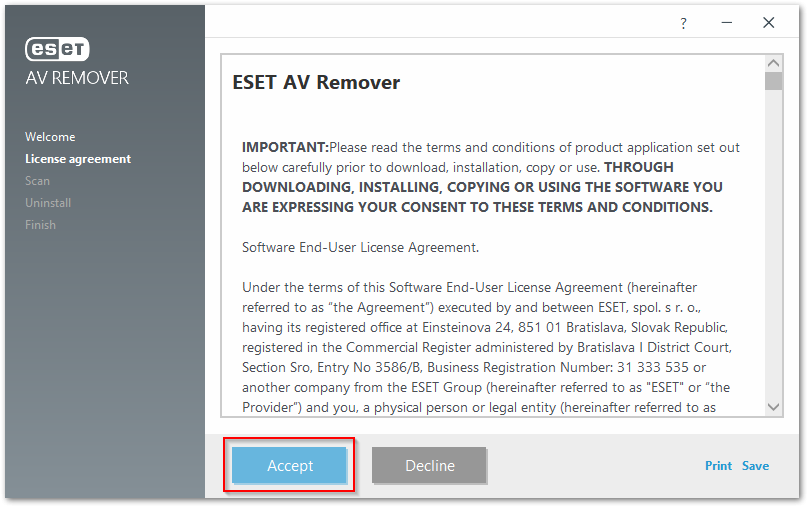
One such disease is Osler-Weber-Rendu disease, also known as hereditary hemorrhagic telangiectasia. Arteriovenous fistulas in the lungs (pulmonary arteriovenous fistulas) can be caused by a genetic disease that causes irregular blood vessels throughout the body, but especially in the lungs. In some babies, the arteries and veins don't develop properly in the womb. An arteriovenous fistula may result from a gunshot or stab wound that occurs on a part of the body where a vein and artery are side by side. Causes of arteriovenous fistulas include: It may also reduce the risk of developing complications, including blood clots or heart failure.Īrteriovenous fistulas may be present at birth (congenital) or they may occur later in life (acquired). Early detection of an arteriovenous fistula may make the condition easier to treat. If you have signs and symptoms of an arteriovenous fistula, make an appointment to see your health care provider. Fingertips to spread out and become rounder than normal (clubbing)Īn arteriovenous fistula in the digestive tract can cause gastrointestinal (GI) bleeding.Pale gray or blue lips or fingernails due to lack of blood flow (cyanosis).Purplish, bulging veins seen through the skin, similar to varicose veinsĪ significant arteriovenous fistula in the lungs (pulmonary arteriovenous fistula) is a serious condition and can cause:.Large arteriovenous fistulas may cause signs and symptoms.Īrteriovenous fistula signs and symptoms may include: Small arteriovenous fistulas usually don't need treatment other than monitoring by a health care provider.

Small arteriovenous fistulas in the legs, arms, lungs, kidneys or brain often won't have any signs or symptoms.


 0 kommentar(er)
0 kommentar(er)
